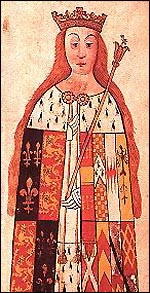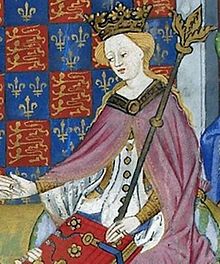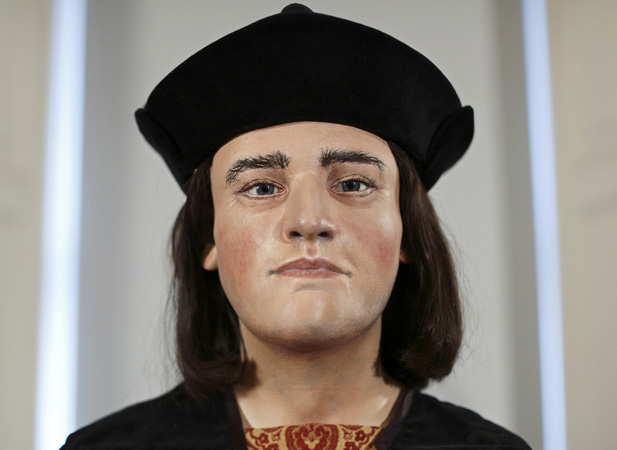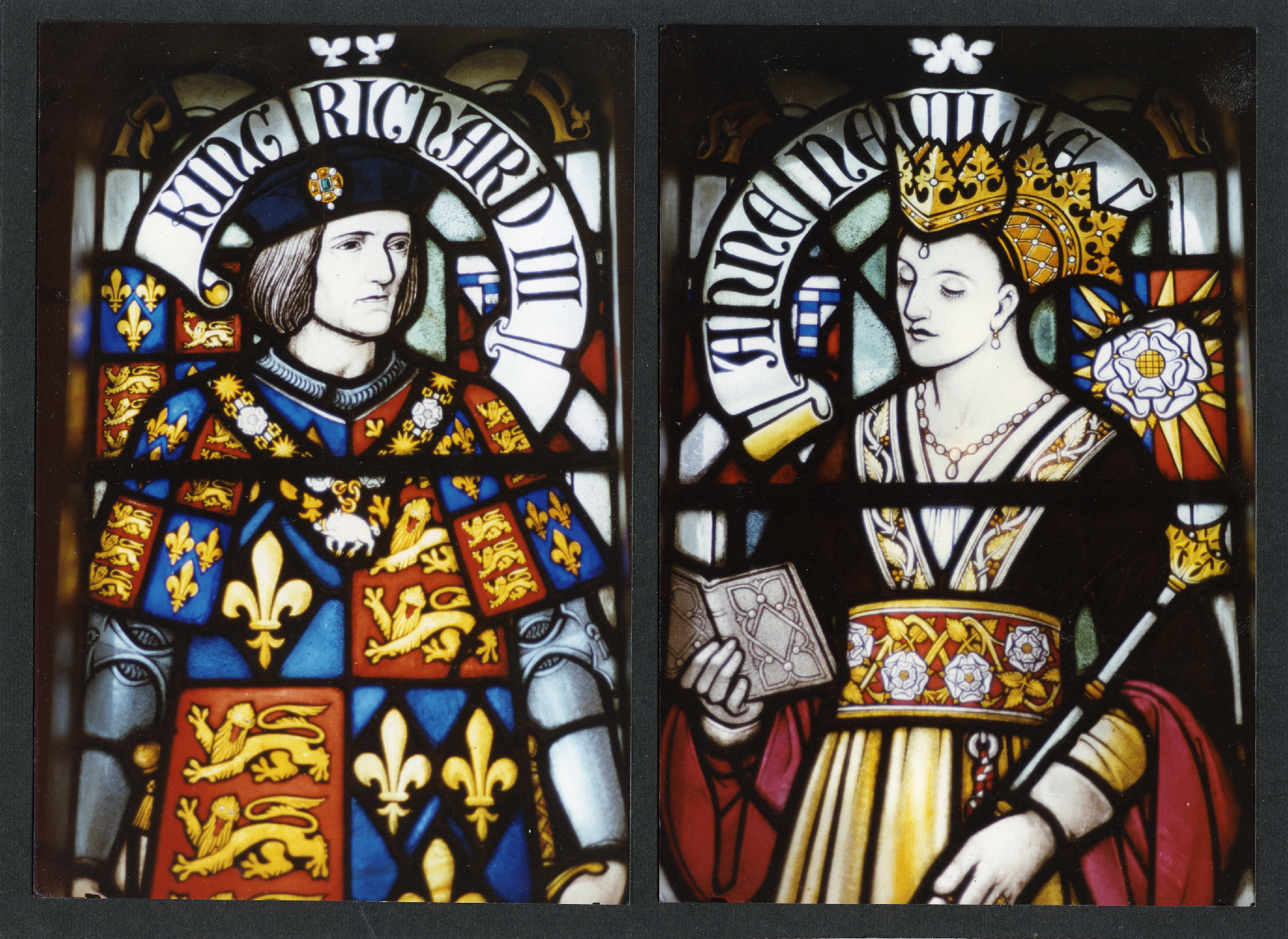
If you had told me some months ago that Anne Neville, one of the most unassuming women in history; a woman who, despite being queen, left no hint of a legacy, would become one of the most popular heroines in modern historical fiction, I would have looked at you stupidly and asked, ‘how?’. Now some months later, Anne Neville is one of the most popular heroines in modern historical fiction and at the risk of making myself hilariously unpopular, I am still asking ‘how?’.
Information on Anne is surprisingly sparse, especially considering she became queen, and there is very little available regarding her time as Queen of England. It is probably because of this that The White Queen can fill in the rather large gaps between our knowledge of her movements with such dramatic fiction.
Early Life and First Marriage
Anne was the youngest of two daughters of the Richard Neville, Earl of Warwick ‘The Kingmaker’. She grew up at Middleham Castle with her elder sister Isabella, and George and Richard, the brothers of the future Edward IV; her father’s wards. Anne and her sister were the Earl’s only children and thus could look forward to a considerable dowry and a shared inheritance that would make them the wealthiest women in England. We can assume, then, that their father, a man of considerable ambition, would have had his eye on extremely advantageous matches and they would have received an education befitting their position. Their positions were further enhanced when the Earl assisted Edward IV to depose the Lancastrian king; Henry VI and assume the throne for himself. As the king’s advisor, the future would have looked bright indeed for his daughters, though they did not join the new Queen, Elizabeth Woodville’s household, despite an invitation.

Despite their firm friendship, Anne’s father’s relationship with the king became more and more strained over time, until eventually, in 1461 Warwick began the first of many attempted coups against Edward. Initially he married his daughter Isabella to Edward’s brother, George, Duke of Clarence, in an attempt to place George on the throne. When this failed, Warwick fled, with his family, to France to pledge allegiance to the exiled Lancastrian Queen; Margaret of Anjou.
In order to cement this alliance, Anne was betrothed to the son of Margaret and Henry VI; Edward of Westminster, the Prince of Wales. While Edward was, by most accounts, considered a harsh and ruthless boy, the marriage was brief, lasting just five months, before Edward was killed at the Battle of Tewkesbury. Prior to the battle, the Lancastrian fortunes looked promising. The Earl of Warwick, in a demonstration of loyalty to his new Queen, led a successful invasion, forcing Edward IV into exile and restoring Henry VI to the throne. Henry, however, died two months later before Margaret had landed in England. Margaret followed with her son, Anne and Anne’s mother, though Anne’s mother would flee into sanctuary when it became apparent the York army was en route to intercept them, having overthrown Warwick, after Henry’s death. After the battle, Anne and Margaret were taken prisoner, though Anne was released into her sister’s household. Her sister’s husband, George, had previously rejoined Edward IV and ingratiated himself at court.
Widowhood and Second Marriage

At fifteen, Anne Neville was not only a widow, but had inherited her deceased father’s considerable estates and wealth jointly with Isabella. However, under the care of her brother in law, her activities seem to have been restricted so that George and Isabella could control the whole inheritance, certainly there was an argument brewing at court between George and Richard of Gloucester, who wanted to marry Anne, to acquire her half of the inheritance. Richard resented the control George maintained over Anne’s wealth, but the king refused to intervene. In 1472, Anne eluded her captors, though there are few details recorded as to how, and married Richard.
The Paston Letters record that the Duke of Clarence was resistant to the match, and resented sharing the inheritance with Richard. Before Richard and Anne could marry, Richard negotiated an arrangement with George which allowed Richard, among other estates, the castle of Middleham where he and Anne had grown up. A later Act of Parliament allowed Richard to maintain Anne’s wealth in the event of a divorce. Although the marriage was far from spontaneous, the necessary papal dispensation was not secured until some months after the fact and the match sparked rumours of incest, as they were related, if nothing else through the marriage of their brother and sister.
Despite this, the marriage was not dissolved, and the couple returned to Middlham where Anne gave birth to a son; Edward later in 1472. Richard and Anne remained at their Northern estates where Richard controlled the north and defended the Scottish border for his brother, the king. Acts of Parliament continued to favour Richard and alienate George, who was executed for treason in 1478.
Queen Anne

Edward IV died in 1483, leaving his son Edward V the crown, though because Edward was only twelve years old, Richard was named Lord Protector. In a bid to limit the Woodville family’s power, Richard moved against them, executing and imprisoning those he could and placing Edward and his brother in the Tower of London. Two months later, a clergyman came forward declaring that Edward IV’s marriage to Elizabeth had been invalid and so Edward’s children by her, including the new king were illegitimate. Richard was petitioned to take the throne instead of Edward V and he and Anne were crowned at Westminster Abbey in July 1483.
We know little about Anne’s time as Queen of England, aside from the conventional works of piety and patronage to educational institutions, as she was queen for such a brief time. In 1484, Richard and Anne’s son died suddenly, leaving Richard with no heir. Anne adopted the children of her deceased sister, Isabella and probably convinced Richard to make Isabella’s son; Edward, his heir. Something which he would change after Anne’s death.
At the time, Edward IV’s daughter Elizabeth of York had joined Anne’s household. The two were friendly and Anne frequently dressed Elizabeth in the same gowns as her. In light of Anne’s failing health there were rumours that Richard had poisoned Anne in order to marry Elizabeth, though even at the time the rumours were thought to have been unsubstantiated and Richard issued a stern denial. Elizabeth was removed from court, and Richard would have doubtfully married an illegitimate lady let alone his own niece.
Anne’s health continued to deteriorate and she died, probably of tuberculosis, in March 1485. Despite his previous infidelities Richard was supposedly distraught at her death, though she was buried in an unmarked grave at Westminster Abbey.
Want more?
The History of the White Queen: Elizabeth Woodville
The History of the White Queen: Margaret Beaufort
The History of the White Queen: Princes in the Tower
Follow us on Twitter @HistoryRemaking
or on Tumblr













